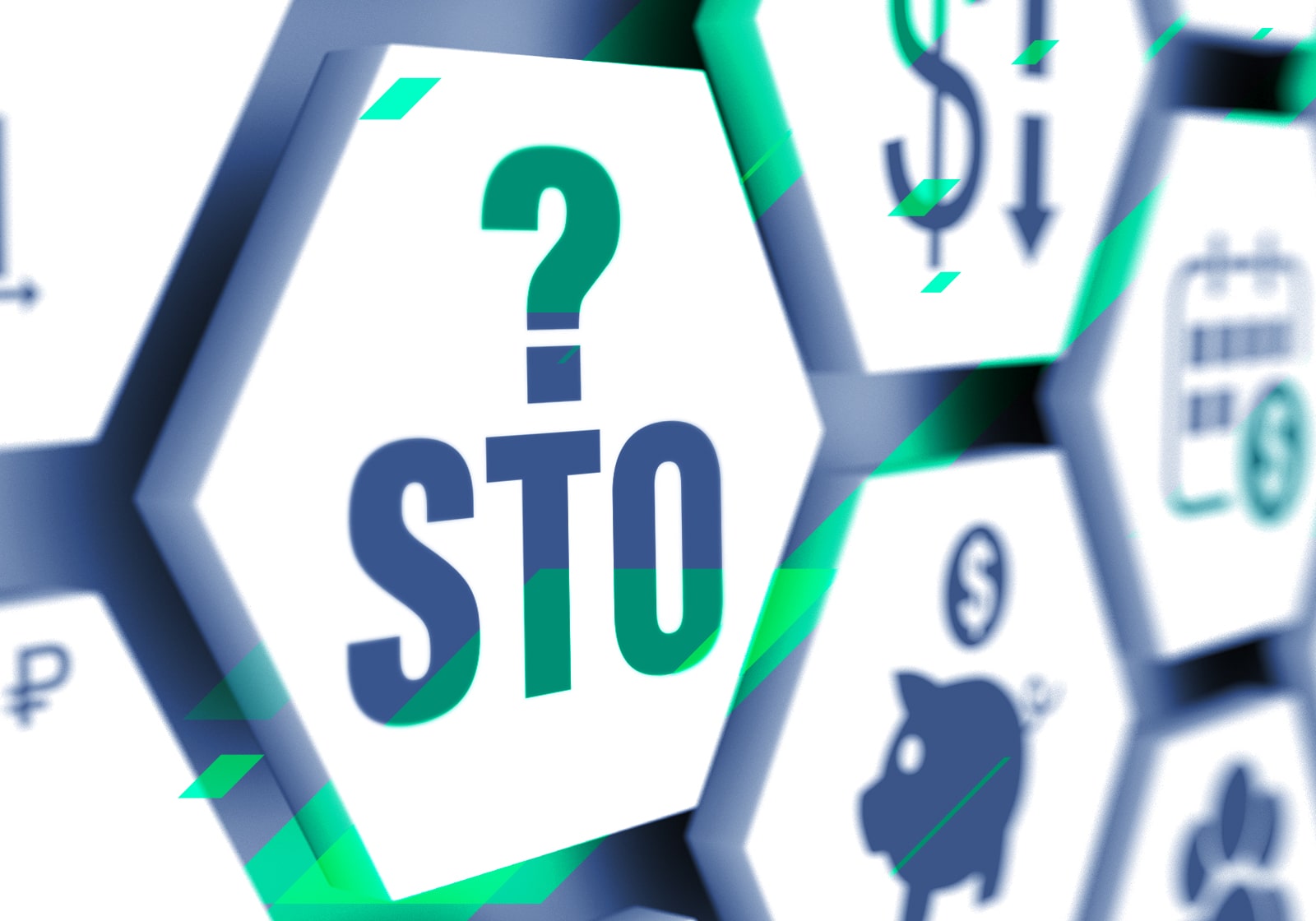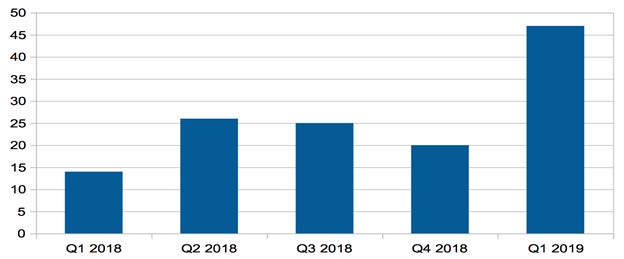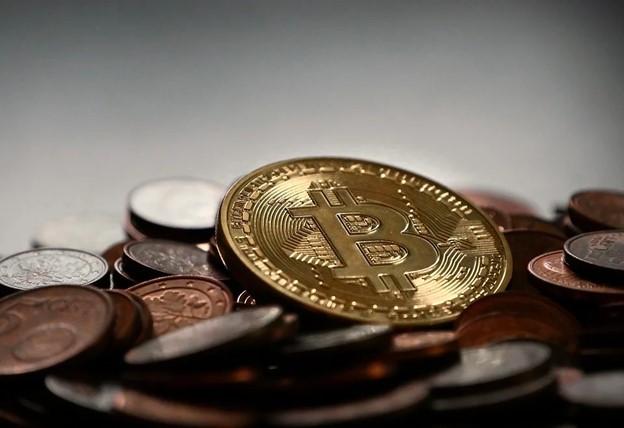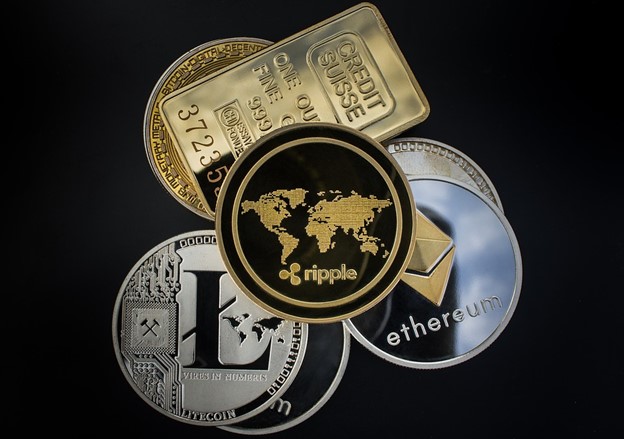What is an STO?

Are you intrigued by the topic "what are security token offerings"? Have you ever wondered how security tokens work? If so, you're in the right place! This guide explains security token offerings (STO). We'll take a closer look at how they have revolutionised the way we buy and trade regulated digital tokens. Let's explore the concept of security tokens and their significance in the ever-changing landscape of digital assets.
What does STO stand for?
The acronym STO stands for Security Token Offering, an increasingly important concept in the financial world.What is a security token offering? STO is a process in which investors are issued a crypto coin or token. These securities, or financial instruments, have a monetary value and are intended for trading on STO crypto exchanges, where information is recorded on public blockchains. The process is often seen as a hybrid approach between cryptocurrency initial coin offerings (ICO) and the more traditional initial public offering (IPO) for stocks.
What is a Security Token Offering?
A Security Token Offering (STO) is effectively a public event in which tokens are sold via cryptocurrency exchanges. The security tokens can then be used to trade real financial assets, such as equities. Security token offerings have already been used in multiple investment scenarios and are being more enthusiastically embraced by mainstream and institutional investors.
What is the difference between an ICO and STO?
Initial Coin Offerings (ICO) and Security Token Offerings (STO) essentially follow the same process. They represent the initial distribution of coins associated with a particular investment mechanism. Where they differ is in the characteristics of the token being offered.

Tokenised Security Offerings are backed by assets and are fully compliant with regulatory governance. ICOs, on the other hand, are utility tokens that offer access to a native platform and decentralised apps. ICO tokens are primarily intended for usage rather than investment.
This means that the barrier to entry for ICOs is much lower. Consequently, they are much more likely to be offered to the general public. It's much more difficult to launch asecurity token offering, as the ethos behind them is to deliver an investment contract under the auspices of security law. This requires much more preparation and compliance work.
What is the difference between an ICO and IPO?
The same principle applies here. STOs issue securitytokens on a blockchain, while Initial Public Offerings (IPO) issue share certificates on traditional markets to accredited investors, which is how they raise funds for the project's developers.
Of the two methods, STOs are considered more cost-effective since there are often high brokerage and investment banking fees associated with IPOs. STOs offer more direct access to the investment market, thus alleviating the need to proffer exorbitant fees to investment banks and brokerages.
The advantages and disadvantages of an STO
Here are some of the advantages and disadvantages associated with security token offerings:
Advantages
- STOs are generally seen as lower risk than ICOs and IPOs because securities laws protect them. They are also backed by real-world assets, meaning it's easier to assess whether the token is priced accurately.
- Initial Security Token Offerings are also cheaper since the way they're structured makes it possible to remove middlemen, such as banks and brokerages.
- Smart contracts that form part of the security token offering package also reduce the need for lawyers, making STOs a more affordable option.
- Finally, STOs are available to trade on a 24/7 basis, delivering additional flexibility.

Disadvantages
- A big drawback of STOs is that non-accredited investors can't own them. In the United States, you need to earn at least $200,000 per year or have at least $1 million in the bank to become an accredited investor. This makes securitytokens considerably less accessible than traditional blockchain offerings.
- STOs are more expensive than utility tokens due to their regulatory requirements.
- They are subject to secondary market trading restrictions that don't apply to similar coins.
- Additionally, securitytokens feature a time-lock mechanism. You can only trade STO tokens between qualified investors for a predetermined amount of time once the STO process has been initiated.
Security Token Offering Regulation
Security token offering regulation depends on individual jurisdictions but is much stricter than with traditional cryptocurrencies. For example, the Securities and Exchange Commission (SEC) in the United States published a Decentralised Autonomous Organisation (DOA) report in July 2017, which defined security offerings as an investment contract.
In January 2019, the United Kingdom's Financial Conduct Authority (FCA) released its Guidance on Cryptoassets, in which it concluded that STOs are fully under the scope of the FCA's regulations. Switzerland's Financial Market Supervisory Authority (FINMA) has also released similar guidelines.
Across numerous locales, STOs have thus become highly regulated and secure.

Top Security Token Offerings
There is a huge range of STO tokens already available. They emanate from a wide variety of locations, but the United States has become a market leader in the STO niche. That's why many of the top securitytokens originate there. These include SPiCE VC, Blockchain Capital, Protos, Lottery.com and 22x Fund. STO crypto lists of all available tokens are widely accessible.
Upcoming STOs
Among the upcoming STO tokens anticipated to come to market are IMPT, which provides access to green initiatives through carbon credit offsets, allowing token holders to offset their carbon footprint by converting tokens into carbon credits and choosing to burn digital assets. Another token, Meta Music Token, offers the opportunity to earn a share of music royalties. Aquarius Fund presents high-yield investment options for professional investors, while Blockstream Mining offers passive exposure to the Bitcoin mining industry. Additionally, Tamadoge (TAMA) is a new STO for the Metaverse, Battle Infinity (IBAT) is a popular crypto STO, Djed (DJED) is an algorithmic stablecoin with critical safeguards, and Fantom (FTM) is an ultra-fast blockchain aiming to compete with Ethereum.
STO crypto statistics indicate that there are a multitude of new tokens planned for release in 2024 and 2025, and the StormGain platform is a great way to track them.
Tags
Try our Bitcoin Cloud Miner and get additional crypto rewards based on your trading volume. It's immediately available upon registration.
Try our Bitcoin Cloud Miner and get additional crypto rewards based on your trading volume. It's immediately available upon registration.
FAQ
What types of assets can be tokenised in an STO?
Security Token Offerings (STOs) enable tokenising a diverse range of assets. Here are some prime examples:
- Tokenising real estate assets can enhance accessibility and liquidity.
- Equity tokens signify ownership of assets like company stock.
- STO-issued security tokens can represent an investment fund.
- Tokenising artworks can make them more affordable and accessible.
- Real-world assets in capital markets can be tokenised.
- Tokenising commodities can enhance their accessibility.
How are security tokens issued and stored in an STO?
Security Token Offerings (STOs) involve the issuance of innovative security tokens that represent traditional ownership of real-world assets. With proper regulatory oversight, these digital tokens are created on the blockchain, allowing investors to acquire shares in blockchain-based companies.
Unlike traditional IPOs, STOs utilise smart contracts for transparent and seamless transactions. These self-executing agreements, stored on public blockchains, help mitigate price fluctuations and regulatory compliance issues.
Security tokens are securely stored on the blockchain, providing transparent and auditable ownership records.
Are there examples of successful STOs?
Yes, there are indeed successful Security Token Offerings (STOs) that have made an impact in the market. Here are some notable examples:
- tZERO. This blockchain-based platform raised over $134 million through its STO, enabling it to enhance its platform and grow its operations.
- Polymath. Specialising in security token creation and management, Polymath raised $59 million through their STO, contributing significantly to the digital asset ecosystem.
- Blockchain Capital. An esteemed venture capital firm, Blockchain Capital's STO garnered $10 million, with the tokens representing ownership in their fund, focusing on blockchain technology companies.
- Harbor. Known for its compliance protocol for tokenised securities, Harbor's STO secured $38 million, playing a pivotal role in establishing regulatory compliance in the digital asset arena.
- BYDFi. This decentralised finance platform conducted an STO that raised $50 million, enabling the further development and expansion of its offerings.
What trends are emerging in the STO space?
Here are some new developments in the STO field:
- Blockchain technology. It allows STOs to issue digital tokens backed by tangible assets like equity, profit share, or debt, offering investors a compliant and regulated investment avenue.
- Investor protection. STOs mandate companies adhere to securities laws, requiring disclosing pertinent information about their business model, financial history, and potential risks to investors.
- Know Your Customer (KYC) and Anti-Money Laundering (AML). STOs often necessitate investors to undergo a KYC and AML process, further boosting the security and legitimacy of the investment.
- Tokenisation of assets. Security tokens aim to represent real value on the blockchain, whether by tokenising current assets (such as precious metals, stocks, bonds, or real estate) or by serving as currency.



